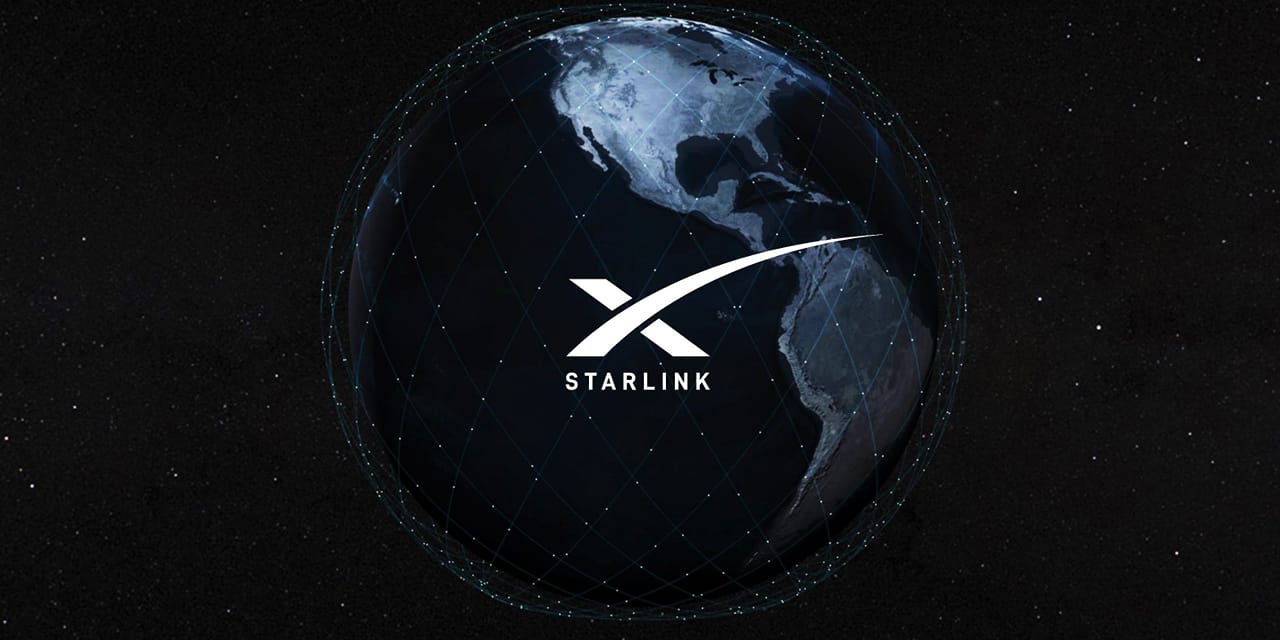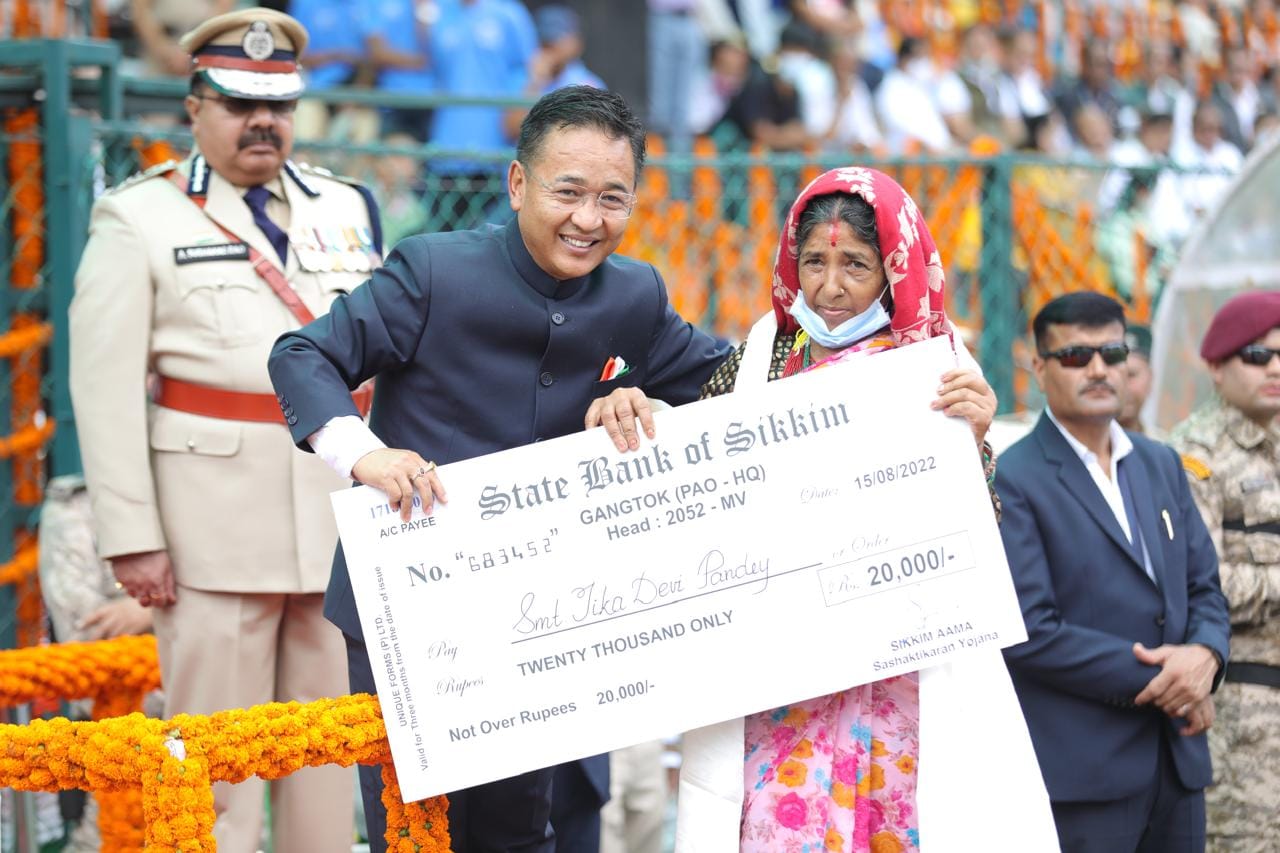Starlink is a satellite internet constellation project developed by SpaceX , the aerospace company founded by Elon Musk. The aim of Starlink is to provide high-speed, low-latency broadband internet service to locations where connectivity has traditionally been limited or unavailable.

Starlink achieves this by deploying thousands of small satellites into low Earth orbit (LEO) , typically at an altitude of around 550 kilometers (about 340 miles). These satellites work in conjunction to beam internet coverage across vast areas of the planet, particularly in rural and remote regions.
By 2024, Starlink had already deployed thousands of satellites and was providing service in various countries, with plans for global coverage as the satellite network continues to expand.
How Starlink Works:
– Low-Earth Orbit Satellites: The satellites orbit closer to the Earth compared to traditional geostationary satellites, reducing signal latency.
– User Terminals: Users on the ground can access the internet via a Starlink dish antenna , which connects to the satellites above. This terminal is easy to set up, and users can access broadband even in remote locations.
– Ground Stations: These satellite signals are linked to a network of ground stations that connect the system to the global internet.
Benefits of Starlink for a Country Like India:
India is a vast and diverse country with varying levels of infrastructure, and a significant portion of the population still lacks reliable internet access, especially in rural and remote areas. Starlink could bring transformative benefits to India in several key areas:
1. Bridging the Digital Divide
India has a stark urban-rural divide when it comes to internet access. While cities and metropolitan areas enjoy relatively stable broadband connectivity, rural areas are underserved. According to reports, millions of people in India, particularly in isolated regions, still have limited or no internet access.
– Starlink’s satellite-based internet service can provide coverage to these underserved regions, ensuring that people in rural villages and remote parts of the country have access to high-speed internet.
– This could enable better access to online education, e-commerce, telemedicine, and government services, helping to uplift rural communities and reduce the digital divide.
2. Boosting Education in Rural Areas
Lack of reliable internet access is a major challenge for schools in rural India. The digital infrastructure in these regions is often inadequate, hindering the ability of students to benefit from e-learning, especially during crises like the COVID-19 pandemic.
– With Starlink’s satellite internet , schools in even the most remote regions can have reliable, high-speed internet, allowing students to access online resources, participate in virtual classes, and use modern educational tools.
– This could also help government initiatives aimed at improving digital literacy and education in rural India.
3. Improving Healthcare Access (Telemedicine)
India faces a shortage of medical facilities and professionals in rural areas. Telemedicine can be a solution to this problem, allowing doctors in urban centers to consult with patients remotely, but reliable internet connectivity is necessary.
– Starlink can provide the necessary infrastructure for telemedicine services to function in remote villages. This means that patients could get timely consultations from specialists, reducing the need to travel long distances for medical care.
– It could also enable better monitoring of health conditions and timely access to emergency services, improving healthcare outcomes in rural areas.
4. Supporting Government Services and E-Governance
India has been pushing forward with e-governance initiatives to make government services more accessible to its citizens, including those in rural areas. However, lack of internet access in remote regions limits the reach of these initiatives.
– Starlink’s internet can support the rollout of e-governance platforms , making it easier for rural residents to access important government services, apply for documents, pay bills, or file grievances online.
– This can enhance administrative efficiency, improve transparency, and empower local populations by giving them easier access to government schemes and services.
5. Enhancing Economic Opportunities
With the internet becoming an essential part of business operations and communication, rural entrepreneurs and small businesses in India often face challenges due to limited connectivity. This limits their ability to tap into larger markets or use digital tools for business growth.
– Starlink can provide rural businesses with the ability to engage in e-commerce, access digital payment systems, market their products online, and participate in the global economy.
– Farmers, in particular, could benefit by accessing real-time market information, weather forecasts, and agricultural advice via the internet.
6. Disaster Response and Management
India is prone to natural disasters such as floods, cyclones, and earthquakes, which often disrupt telecommunications and internet services. In the aftermath of such events, quick access to information and communication is crucial for disaster response and management.
– Starlink’s satellite-based internet can provide a resilient and flexible communication network, ensuring that critical information can be shared, and relief efforts can be coordinated even when traditional infrastructure is damaged.
– Emergency teams could use the system to maintain communication in disaster-hit areas, potentially saving lives and speeding up recovery efforts.
7. Support for Military and Strategic Purposes
India’s vast borders and strategic locations, such as the Himalayan region and coastal areas, require reliable communication for military and defense purposes. In some of these areas, traditional communication infrastructure can be inadequate or vulnerable.
– Starlink’s satellite internet can be used to provide secure, high-speed communications in these remote or difficult-to-reach regions, ensuring that the military has the necessary tools for surveillance, communication, and strategic planning.
Challenges for Starlink in India
While Starlink holds great potential for India, there are also several challenges it might face:
1. Cost:
Starlink’s initial equipment cost for the satellite dish and monthly subscription fees could be too high for rural consumers in India, many of whom have lower incomes.
2. Regulatory Hurdles:
Starlink will need to navigate India’s regulatory framework for satellite services, which can be complex. The Indian government will need to approve Starlink’s satellite internet service, and there could be delays or restrictions due to concerns over spectrum allocation, security, or competition with local telecom companies.
3. Competition from Local Providers:
India already has several major telecom companies, such as Jio and Airtel , which are expanding their own broadband networks, including fiber-optic services and 5G. Starlink may face competition from these providers, especially if they offer more affordable services.
Conclusion:
Starlink has the potential to revolutionize internet connectivity in India, especially in underserved and remote areas. By bridging the digital divide, enhancing education, healthcare, and economic opportunities, and improving disaster response, it can contribute significantly to India’s development. However, addressing regulatory, cost, and competition challenges will be crucial for its successful implementation in the country.





